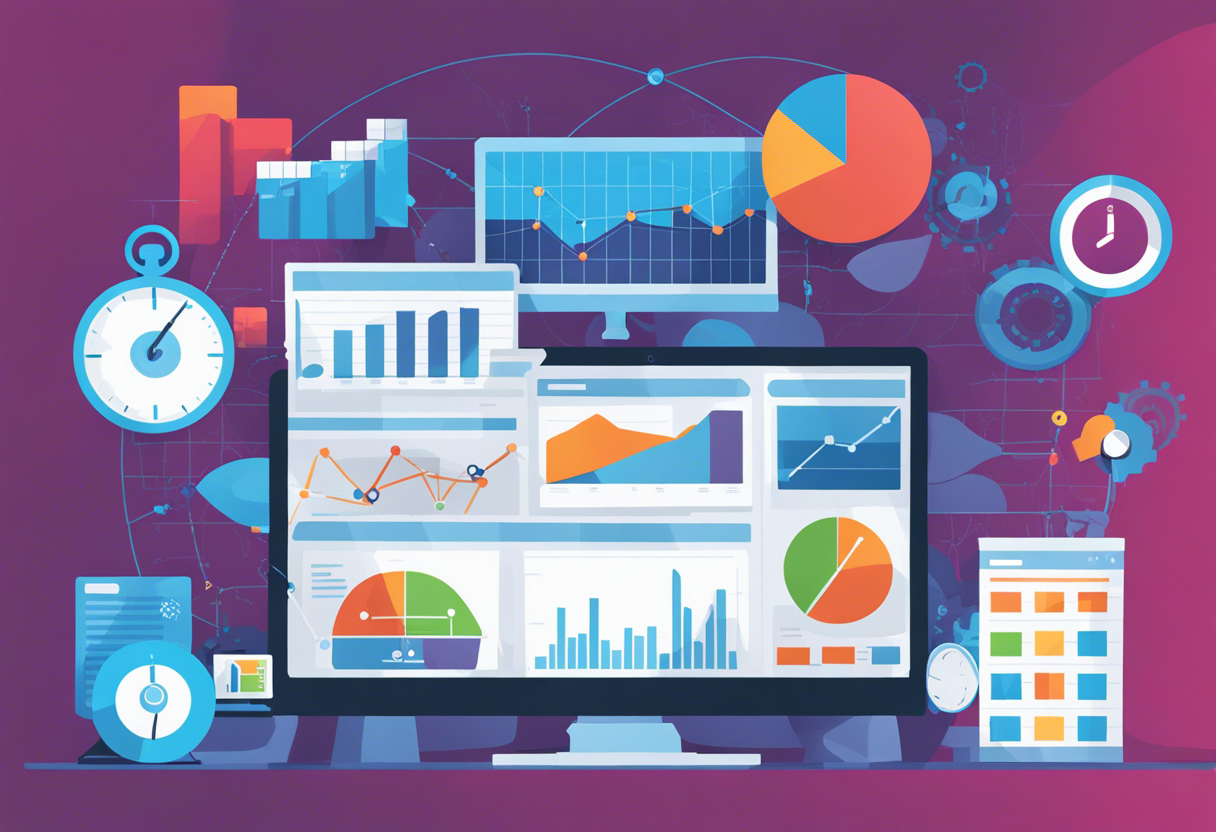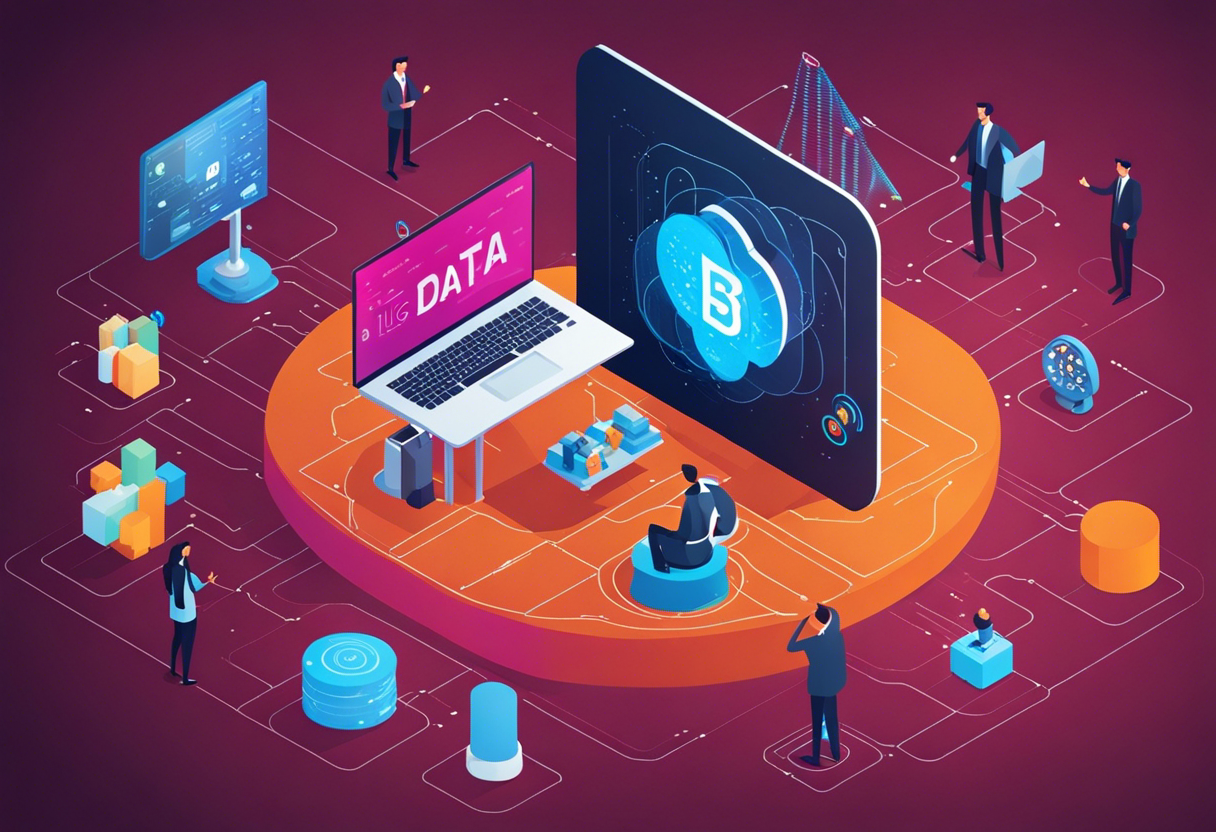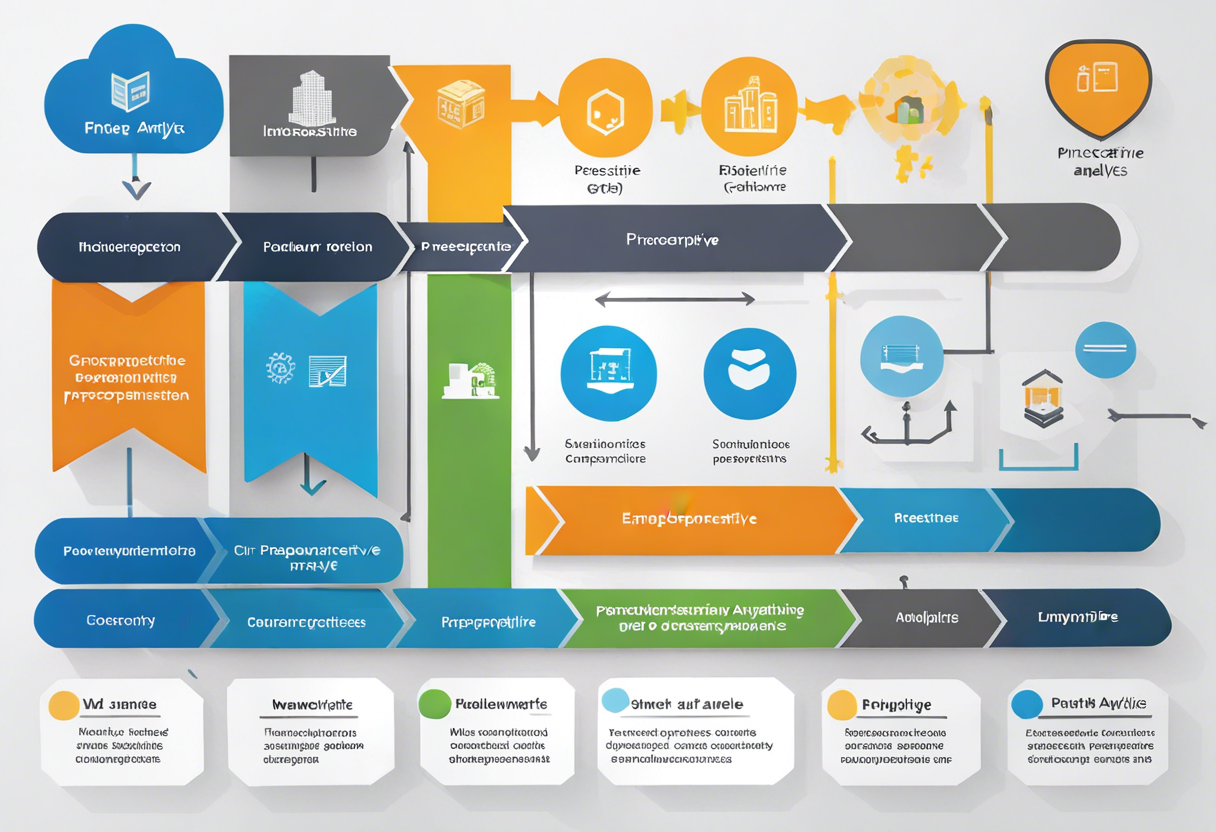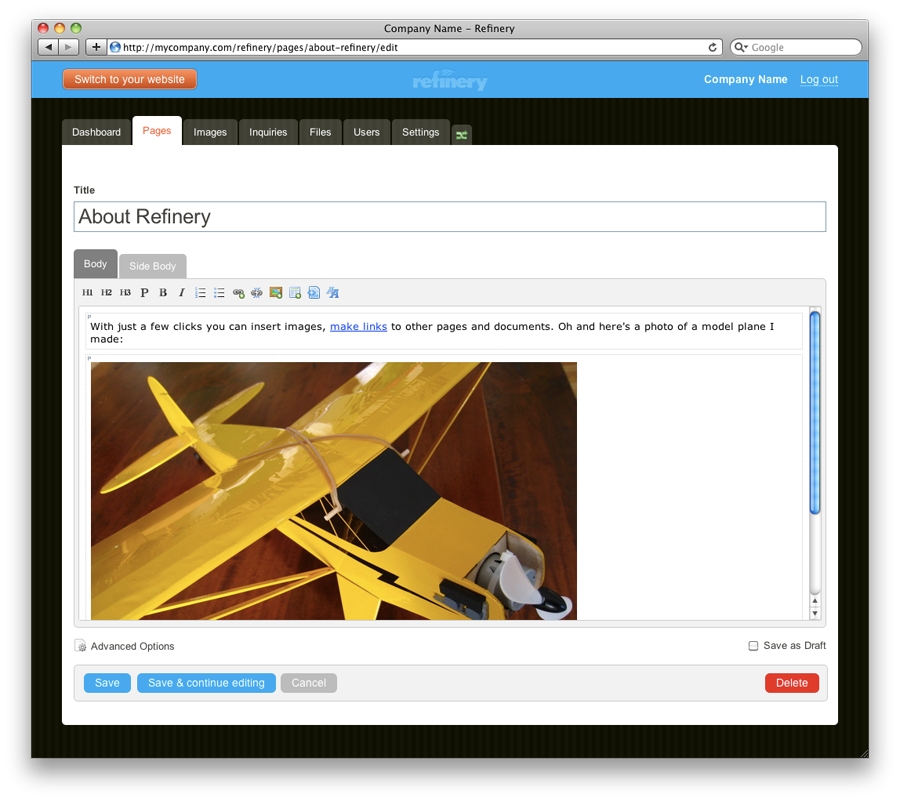Five Game-Changing Insights from the World of Business Data Analytics
Predictive Analytics has become a game-changer in the world of business data analytics. This sophisticated tool uses historical data and uses machine learning algorithms to anticipate future outcomes based on past data. Businesses can thus tweak their strategies and make decisions that are more informed.
Leading companies in various sectors, like healthcare, finance, and retail, have begun making predictive analytics a key part of their data strategy. It helps them foresee market trends, customer preferences, and potential risks, thereby offering a significant competitive edge. However, the accuracy of predictive analytics depends heavily on the quality and relevance of the data being analyzed. Hence, companies need to invest in quality data gathering tools and skills.
Data Visualization: A Pivotal Catalyst

Data in its raw form can be complex and difficult for the human mind to comprehend. Enter Data Visualization - a technique that converts complex datasets into visually engaging and easy-to-understand formats. Through charts, graphs, heatmaps, etc., stakeholders can make sense of large datasets quickly.
Data visualization tools like Tableau, Microsoft Power BI, and Qlik are increasingly used in businesses to get insights from data. These tools not just help in understanding the data but also assists in spotting trends, patterns and outliers, making it simpler for businesses to plan their strategies effectively.
Real-time Analytics – Instant Insights

The digital era has blessed businesses with the power of real-time analytics. These tools deliver updated information about business processes as they occur, allowing businesses to respond promptly to any changes or issues.
Entrepreneurs have leveraged real-time analytics to gain an edge in a highly competitive market environment. It provides insights on how consumers interact with their brands on digital platforms, enabling quick modifications in marketing strategies, product features, or customer service. Real-time analytics has greatly benefited companies in monitoring and improving their performance.
Big Data and Artificial Intelligence

Big Data combined with Artificial Intelligence has become a promising duo in the business world. AI’s machine learning algorithms can process unimaginable volumes of data quickly and perform tasks such as predictive analysis, anomaly detection, and personalization at a much faster pace.
Big-name companies are combining big data with AI to get actionable insights that help in tailoring their products, services, and marketing initiatives to meet customer demands. However, the combination of Big Data and AI also presents new challenges related to data privacy and security.
The Emergence of Prescriptive Analytics

Prescriptive analytics is an advanced form of data analytics that, besides predicting future outcomes, suggests the course of action to achieve a particular goal. This actionable data-driven decision-making tool utilizes mathematical and computational sciences and suggests decision options for advantage.
Several industries are adopting prescriptive analytics to solve complex business questions. This analytics method can help organizations optimize scheduling, production, inventory, and supply chain design, leading to significant cost savings and improved customer service. The adoption of prescriptive analytics is sure to bring a paradigm shift in the way businesses operate.
Impact of Blockchain on Data Analytics

The blockchain, typically associated with cryptocurrency, has found its use in securing and fostering accountability in data analytics. The technology ensures the data's immutability, providing verifiable and transparent data, adding a layer of trust.
Blockchain technology can track and record every bit of data precisely, which prevents data tampering. This attribute of blockchain leads to cleaner and more reliable data sets, thus enhancing the accuracy of data analytics and insights. However, it's essential for businesses to navigate the technical complexities of implementing blockchain technology correctly.







